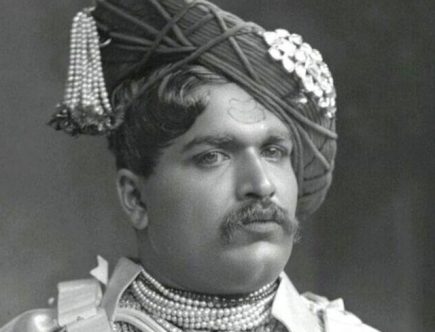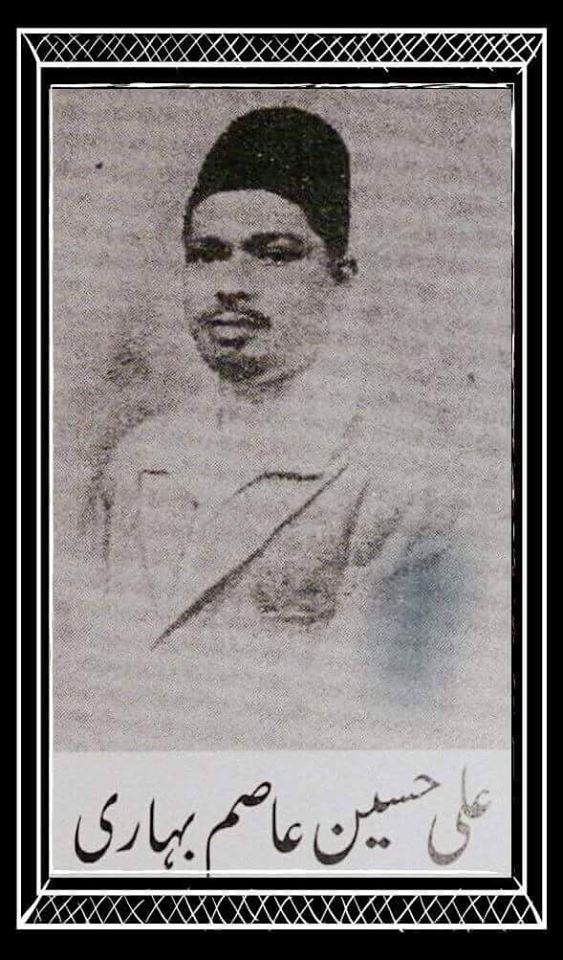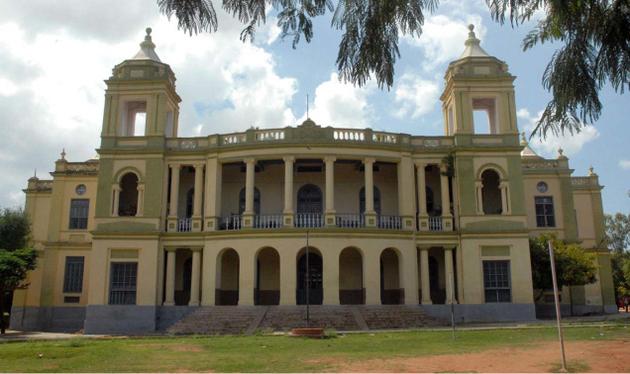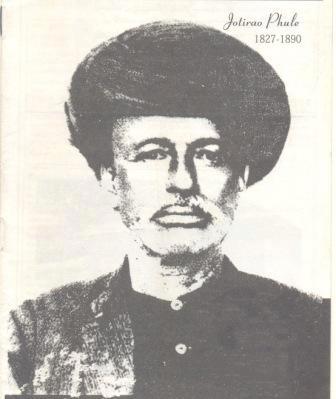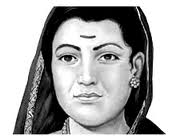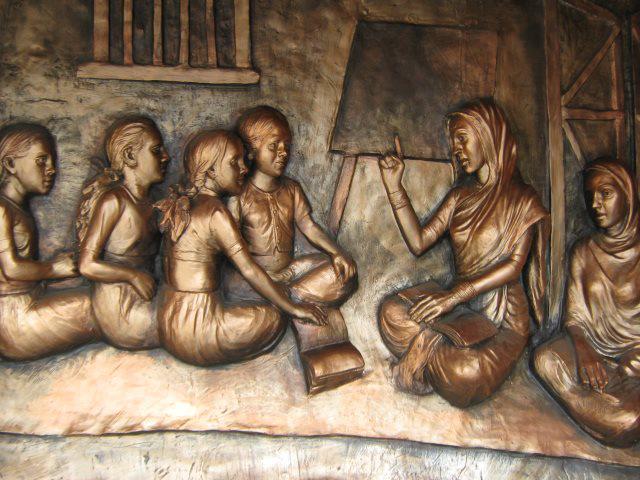Dr. Chandraiah Gopani The concept of emancipation is occupied a central theme for Dalit movements and politics both in colonial and post-colonial period. There were organic leaders among Dalits during Nizam period from 1906 to 1953. The period between 1906-1953 was crucial for vibrant Dalit activities and autonomous assertions in Hyderabad state. Although Nizam …
Arigay Ramaswamy and his Struggle for uniting Dalits



